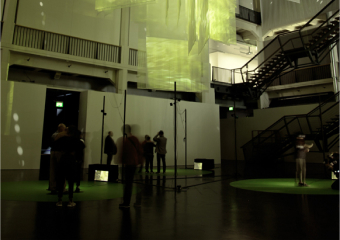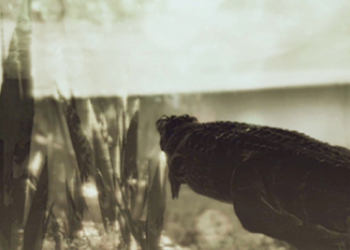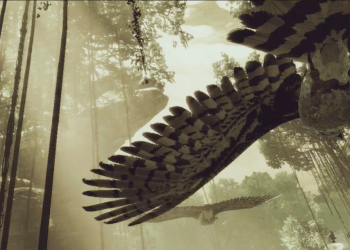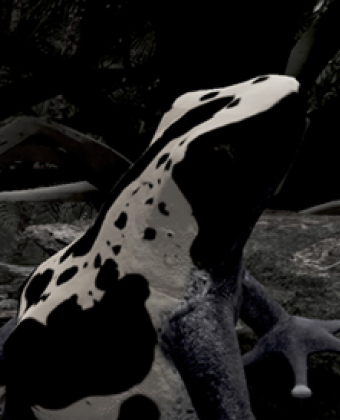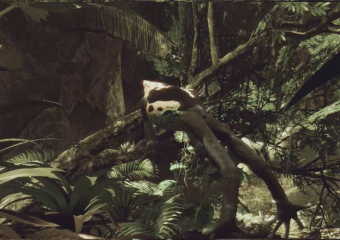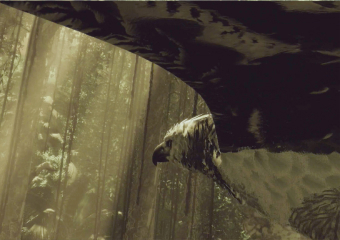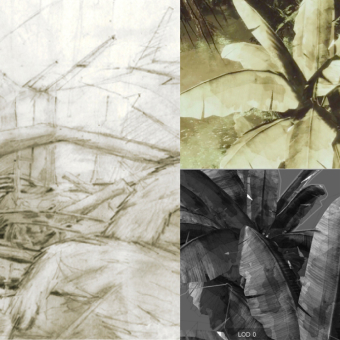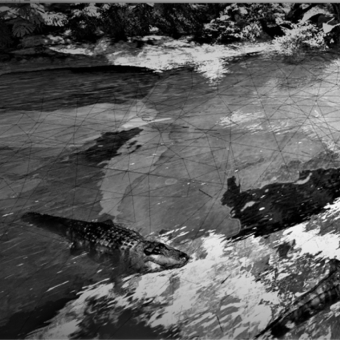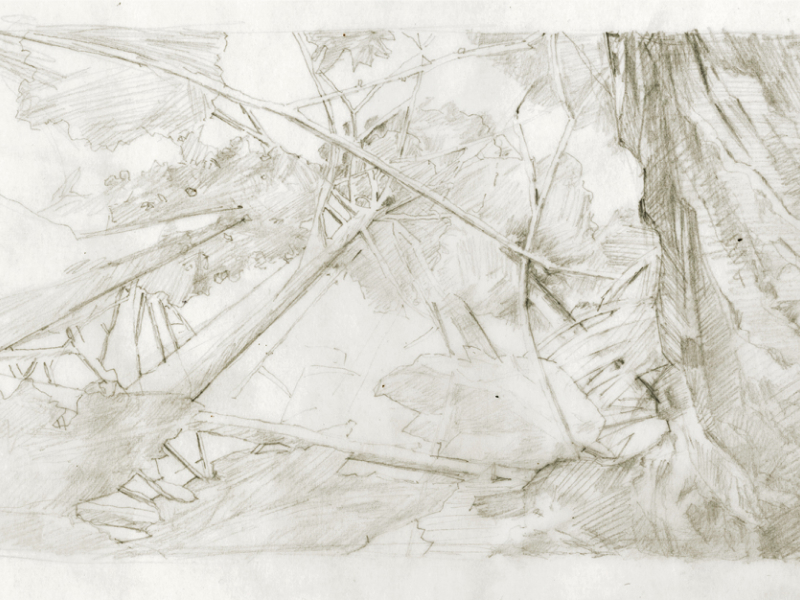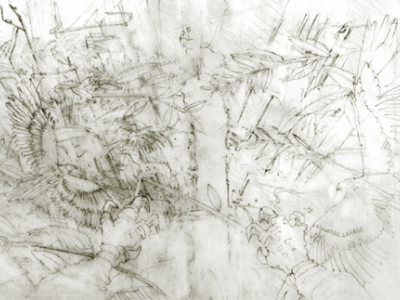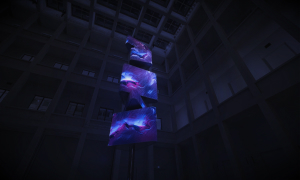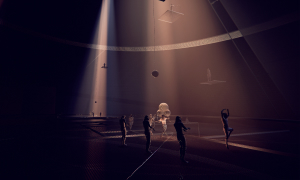Developing a new way to approach science and nature
How can you get people with different interests and experiences to develop an interest in science, nature and the environment? How can information be scientifically authentic and, at the same time, be staged in a new, exciting and emotive way? And how can we motivate people to see the world through different eyes? The idea and concept for Inside Tumucumaque emerged from the hunt for these answers and more. The result is a virtual expedition set in the midst of the Brazilian rainforest where visitors can explore more than 400 hectares of virtual land.


